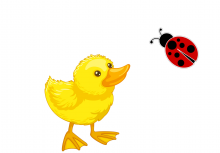Using information obtained from Christine Roman-Lantzy’s book, Cortical Visual Impairment, An Approach to Assessment and Intervention, these books are designed to help bring literacy to students who are diagnosed with or demonstrating the...
CVI
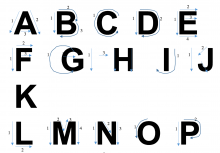
Posted by Roxana Cziker
This is the first of five parts created by Low Vision Therapist, Dr. Roxana Elena Cziker, focusing on the needs of students with Cerebral Visual Impairment (CVI) The series is designed to address challenges for children with CVI who...
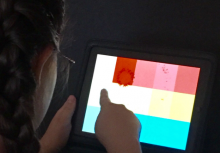
Posted by Jaime Brown
The iPad is an incredible tool for all students, including those with CVI (cortical visual impairment). There are amazing accessibility features that enhance the experience. The iPad can be used to teach visual skills and to conduct vision...
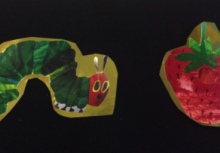
Posted by Tracy Fitch
Introduction:
For my Cortical Visual Impairment mentor training we were assigned to adapt a book for all three phases of CVI. I chose The Very Hungry Caterpillar because I have several classes reading this book through the end of the school year. I...
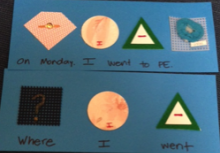
Posted by Linda Hagood
Introduction to Standard Tactile Symbols
The Developmental Model
Standardization: Moving from Concrete Tangible Symbols to More Abstract Tactile Symbols
The System is Sustained
Continuum of Symbol Systems...
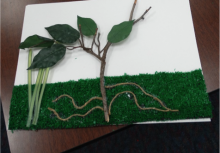
Posted by Liz Eagan
Tactile books are a great way to foster the development of literacy skills with any child who is visually impaired, including children with other significant disabilities. These can be used at home for enjoyment, to support understanding and anticipation...
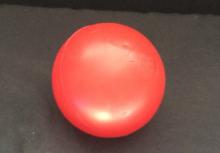
Posted by Jaime Brown
After students with CVI (Cortical Visual Impairment) have learned to view and identify real objects, they are ready to learn to identify two-dimensional pictures. It is essential to recognize the differences in a student’s visual skill set before...
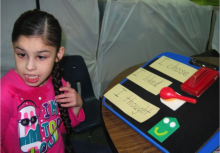
Posted by Faye Gonzalez
Part 2: Using a Partial-Object Based Communication System for Literacy
The majority of Augmentative and Alternative Communication (AAC) systems available today use visually based symbols. Often, however, students with Multiple...
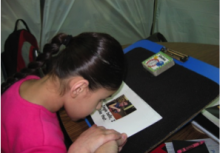
Posted by Faye Gonzalez
Part 1: Partial-Object Symbols are MORE than Just a Schedule: Communication Systems for Students with CVI and Multiple Disabilities
The majority of Augmentative and Alternative Communication (AAC) systems available today use visually-...
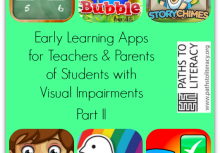
Posted by Linda Mamer
Many apps (applications) are available to promote early learning for young children who are blind or visually impaired, including those who are deafblind or who have multiple disabilities. This is a partial list (part one of two) to help you get...
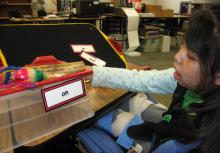
Posted by Faye Gonzalez
Those of you who know me understand how passionate I am about children with Multiple AND Visual Disabilities. Here are my personal “Top 10 Tips” to guide in helping these special children grow and develop new skills for independence....
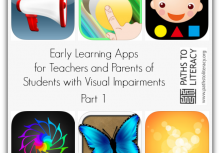
Posted by Linda Mamer
Many apps (applications) are available to promote early learning for young children who are blind or visually impaired, including those who are deafblind or who have multiple disabilities. This is a partial list (part one of two) to help you...
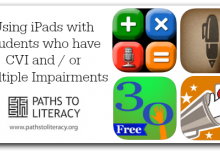
Posted by Tara Mason
For students who have cerebral / cortical visual impairment and/or multiple impairments we need to be thinking about visual characteristics of CVI, positioning, and learning environments, in addition to planning ways to incorporate the iPad into a...
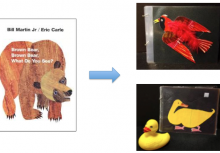
Posted by Charlotte Cushman
A group of teachers in the Deafblind Program at Perkins School for the Blind presented an hour-long webinar on various aspects of literacy for children with deafblindness: Literacy Adaptations for Students Who Are Deafblind with Christa...
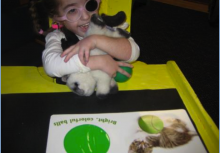
Posted by Charlotte Cushman
Adaptations for a child who has a combined vision and hearing loss will depend on many factors, such as the amount of vision and hearing the child has, age, cognitive abilities, motor skills, and personal interests. This post is the first of four parts...
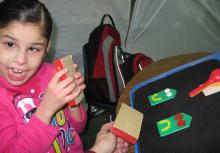
Posted by Faye Gonzalez
In an earlier blog post, I discussed guidelines for Using a Picture Symbol System for Communication and Literacy. In addition to the factors discussed in that post, another crucial consideration in designing a communication system for students...

Posted by Jaime Brown
Toy bars are a wonderful tool when teaching pre-literacy skills. Object awareness and knowledge can be introduced and reinforced through toy bars. Students learn about the characteristics of items through all of their learning channels. They have...
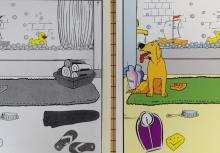
Posted by Laurie Hudson
My three-year-old student with Cortical Visual Impairment (CVI) has difficulty finding items unless they have solid, contrasting backgrounds. I have been using the CVI Complexity Sequences Kit with him, written by Christine Roman and...
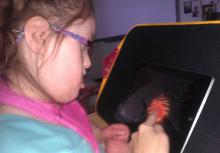
Posted by Faye Gonzalez
The iPad can be a great tool to help kids with Cortical Visual Impairment (CVI). Specific apps can be used to encourage visual attention and visual motor skills, whereas other apps can be used to help develop visual motor integration and fine motor...
Pages
- « first
- ‹ previous
- 1
- 2
- 3

